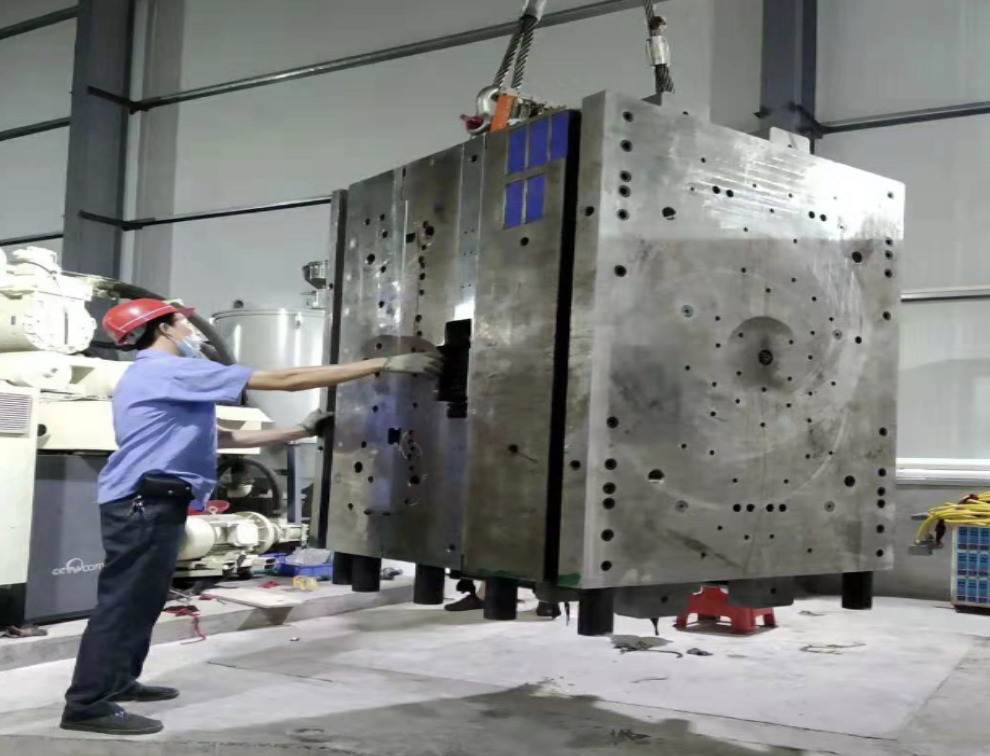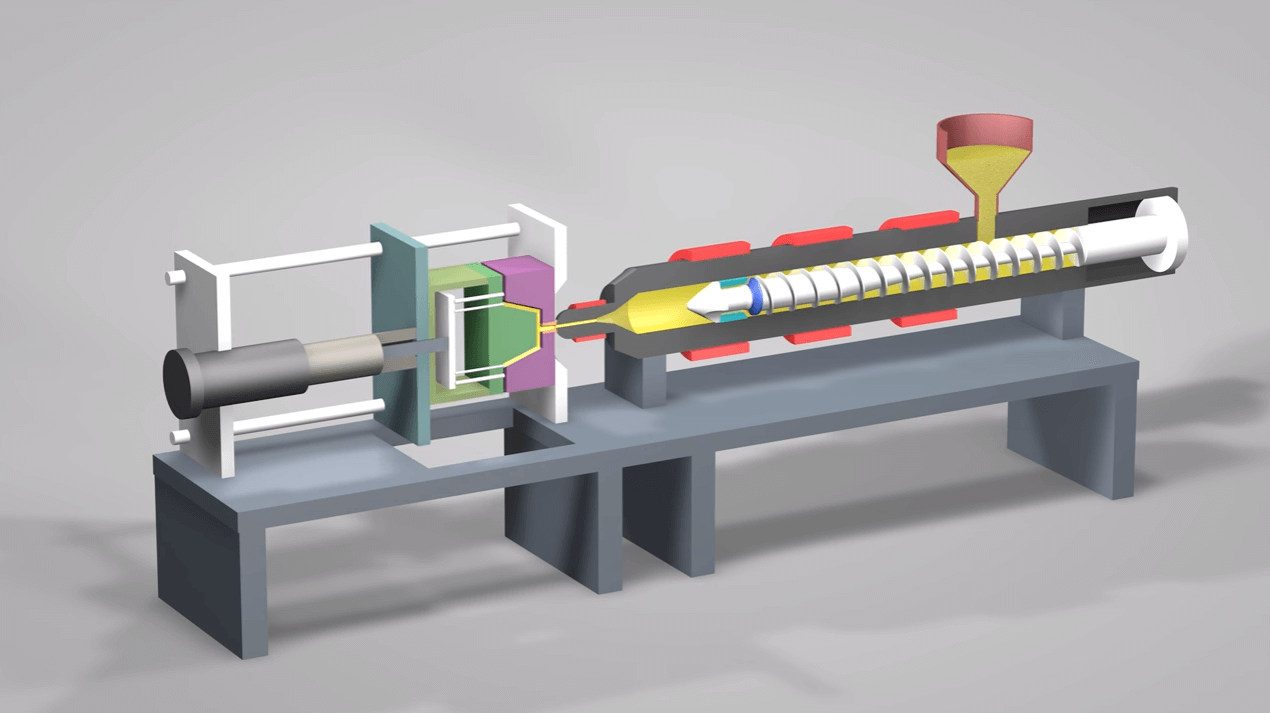Exactly How Plastic Injection Molding Guarantees Consistency and Accuracy in Production
Exactly How Plastic Injection Molding Guarantees Consistency and Accuracy in Production
Blog Article
Recognizing the Fundamentals of Plastic Shot Molding Processes
Plastic shot molding offers as a keystone of modern manufacturing, supplying a systematic approach to producing complicated parts with accuracy. This procedure not only encompasses the essential steps of melting and infusing materials into molds however additionally includes a nuanced understanding of various affecting variables, such as temperature and pressure. As industries progressively require effectiveness and top quality, the details of this methodology become much more vital. Discovering these crucial components can disclose just how even small changes can cause considerable enhancements in production outcomes, questioning about the possibility for technology in this well-known procedure.
What Is Plastic Injection Molding?
Plastic injection molding is a widely made use of production process that changes thermosetting and polycarbonate products into specific and complex forms. This technique is favored for its capacity to create high volumes of similar components with outstanding accuracy, making it a vital method in different sectors, including automobile, customer items, and medical gadgets.
The procedure entails melting the selected plastic material and infusing it right into a mold and mildew under high pressure. The mold, created to the requirements of the desired part, enables the molten plastic to form as it solidifies and cools. Once the material has solidified, the mold and mildew is opened up, and the ended up part is expelled.
Plastic shot molding offers several benefits, consisting of lowered waste, uniformity in manufacturing, and the capacity to incorporate intricate designs that may be challenging with various other making methods. In addition, it sustains a wide array of materials, each providing distinct properties that can be tailored for specific applications. As industries remain to introduce, plastic shot molding continues to be at the center, making it possible for the growth of sophisticated products that meet evolving customer needs.
The Shot Molding Process
The injection molding procedure is an innovative strategy that involves a number of essential phases to produce high-quality plastic components. Plastic pellets are fed right into a heated barrel where they are melted right into a thick liquid. This molten plastic is after that infused under high pressure into a precision-engineered mold and mildew, which shapes the material right into the preferred form.
As soon as the mold and mildew is filled, the plastic is allowed to strengthen and cool down, taking the form of the mold cavity. Air conditioning time is critical, as it impacts the cycle time and the final residential properties of the molded component. After adequate cooling, the mold and mildew opens, and the ended up element is expelled utilizing ejector pins.

Materials Utilized in Injection Molding
Various materials can be utilized in the injection molding process, each offering one-of-a-kind residential or commercial properties that accommodate certain applications. One of the most frequently utilized materials include thermoplastics, thermosetting plastics, and elastomers.

Thermosetting plastics, like epoxy and phenolic materials, undertake a chemical change throughout the treating procedure, causing a rigid, stringent framework. These materials are suitable for applications calling for high heat resistance and Get More Info structural honesty, often click resources utilized in electric insulators and automotive parts.
Elastomers, including silicone and rubber-based materials, offer versatility and strength. Their unique homes make them appropriate for applications that require flexibility, such as gaskets and seals.
Additionally, specialty materials like bio-based plastics and composites are getting grip for their ecological advantages and boosted efficiency features, widening the extent of shot molding applications in numerous sectors. Understanding the buildings of these materials is critical for selecting the appropriate type for specific projects.
Advantages of Shot Molding
Shot molding attracts attention as a very reliable production process that provides various advantages for producing intricate get rid of accuracy. One of the most significant advantages is the capability to produce elaborate styles that would certainly be impossible or challenging to attain with various other techniques (Plastic Injection Molding). The process permits for limited tolerances and thorough attributes, ensuring high-quality parts
Furthermore, injection molding is known for its quick production capabilities, making it an excellent selection for high-volume manufacturing. As soon as the mold is created, components can be produced promptly, minimizing lead times and boosting overall performance. This effectiveness not just reduces manufacturing expenses yet likewise provides an one-upmanship out there.
The flexibility of products utilized in shot molding even more boosts its appeal. A vast variety of thermoplastics and thermosetting polymers can be used, allowing makers to select materials that ideal meet their certain requirements, including warmth, strength, and flexibility resistance.
Additionally, the procedure minimizes waste, as excess material can commonly be reused and recycled. This sustainability aspect adds to a minimized ecological impact, making injection molding a responsible manufacturing option. On the whole, the benefits of injection molding make it a preferred method for numerous markets.
Aspects Influencing Item Top Quality
While numerous elements can influence product high quality in injection molding, comprehending these aspects is vital for attaining optimum outcomes. Key aspects include material option, processing specifications, and mold and mildew style.
Material option plays a crucial role, as various polymers show unique properties that impact flowability, toughness, and thermal stability. Insufficient material option can bring about defects such as warping or insufficient dental filling.
Handling specifications, including cycle, stress, and temperature time, need to be carefully managed. Variations in these setups can lead to disparities partly measurements and surface area finish. For circumstances, exceedingly high temperatures might trigger deterioration of the polymer, while inadequate stress can result in brief shots.
Mold layout is similarly important, as it establishes the flow of the molten plastic and the cooling procedure. Poorly made molds might cause uneven air conditioning rates, causing residual stress and anxieties and dimensional mistakes.

Verdict
To conclude, plastic shot molding functions as an important production procedure that allows the effective production of top quality components. Mastery of the shot molding procedure, consisting of the understanding of materials and the influence of numerous variables on item high quality, is vital for accomplishing optimal results. The benefits of this approach, such as cost-effectiveness and style flexibility, further emphasize its relevance across multiple sectors, solidifying its status as a favored option for high-volume production.
Plastic shot molding serves as a cornerstone of modern production, offering a methodical technique to creating complex parts try this site with precision.Plastic shot molding uses several benefits, including reduced waste, uniformity in production, and the capacity to incorporate detailed styles that may be testing with other producing approaches (Plastic Injection Molding). As industries proceed to innovate, plastic shot molding remains at the center, enabling the growth of advanced items that meet advancing consumer needs
The injection molding process is an innovative technique that entails several crucial phases to create high-quality plastic elements.In verdict, plastic injection molding serves as a critical manufacturing procedure that enables the effective manufacturing of top quality elements.
Report this page